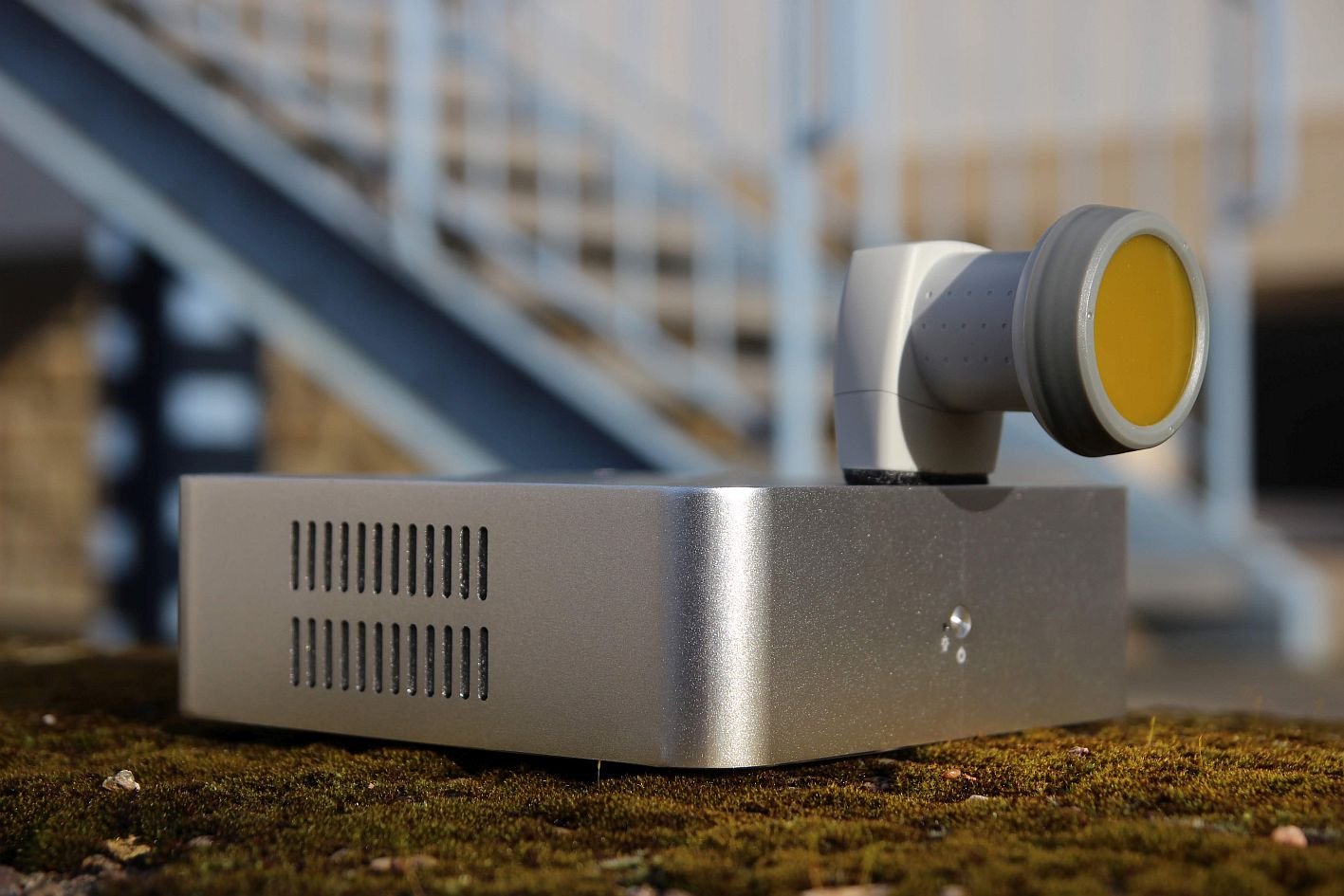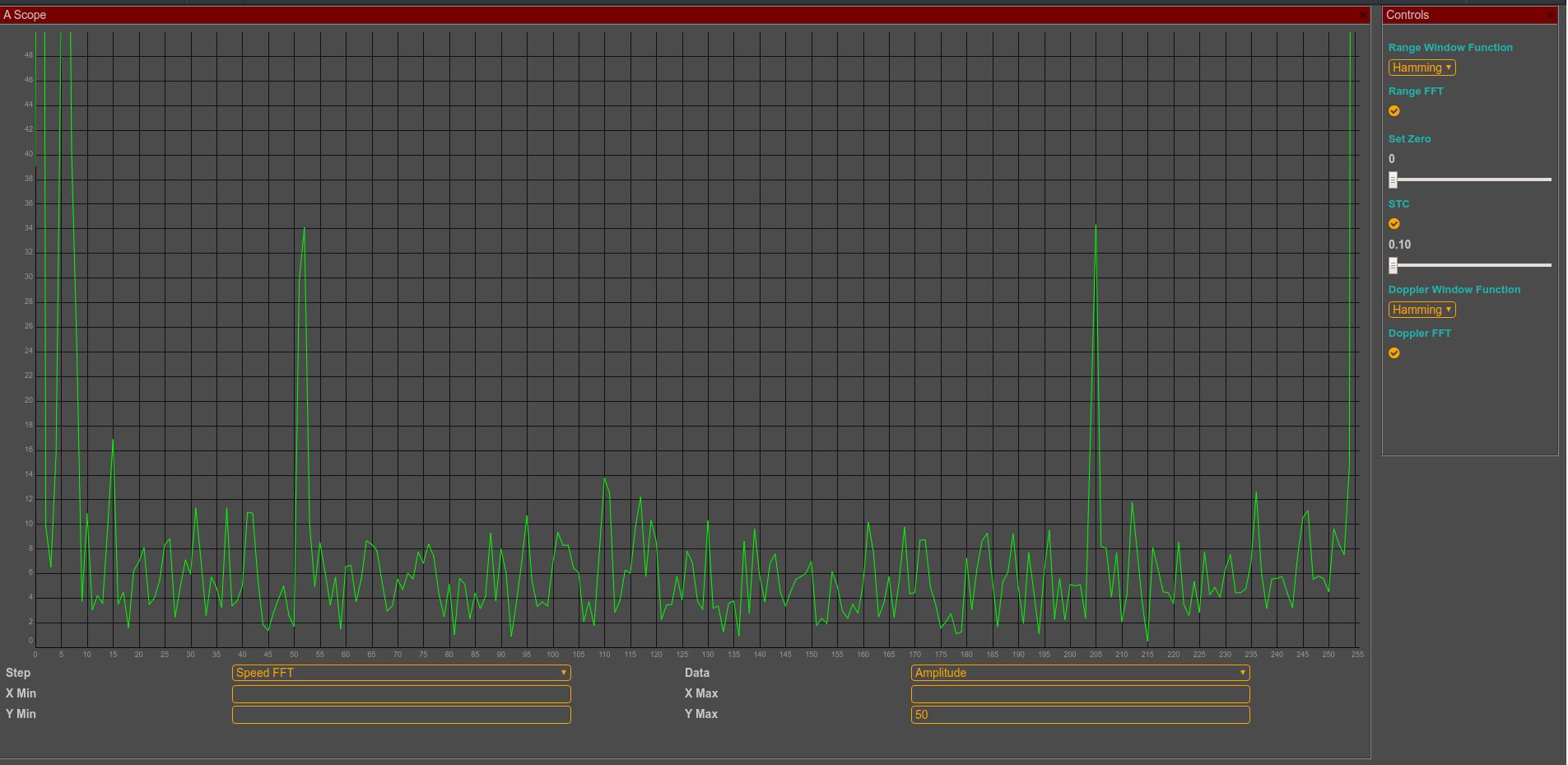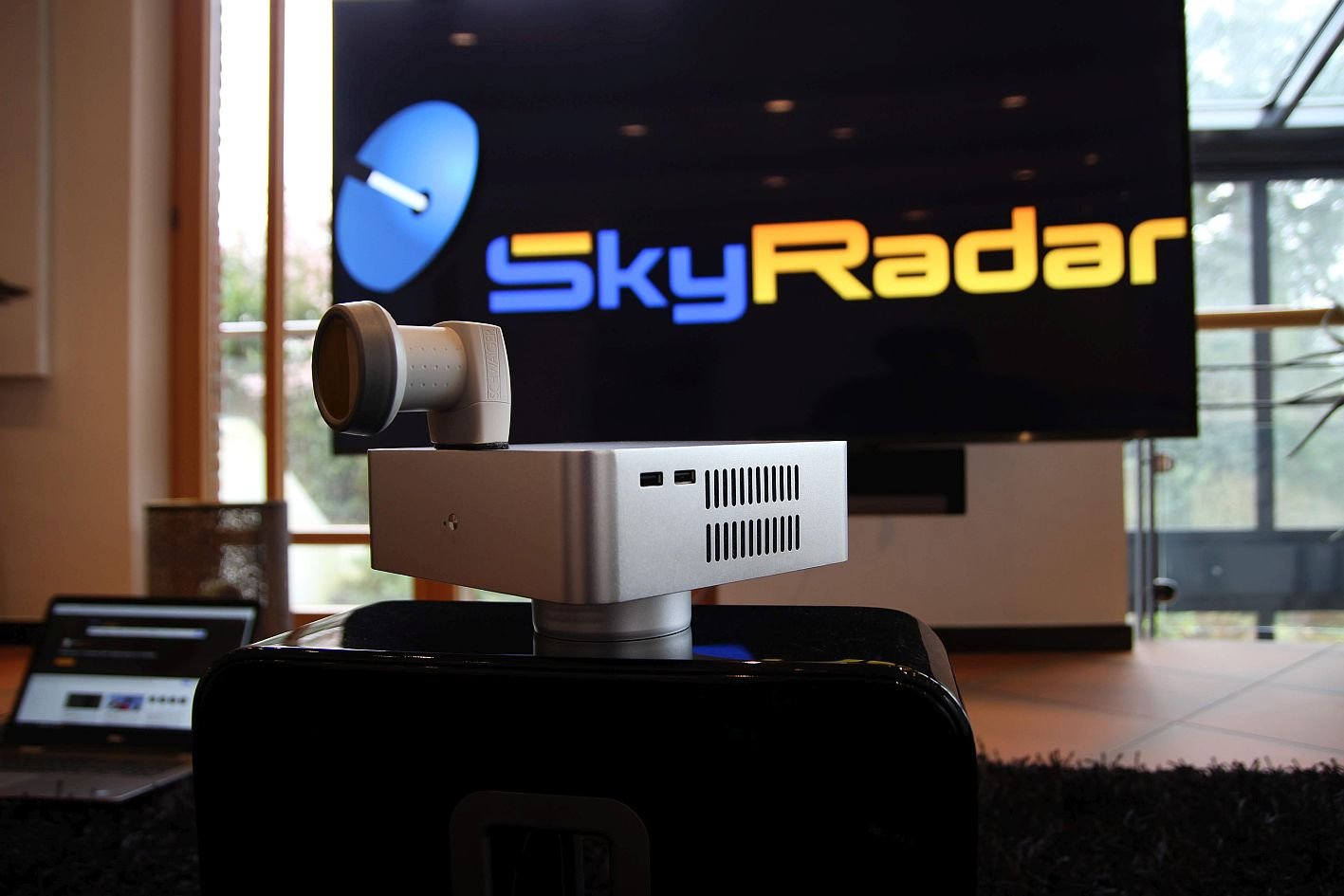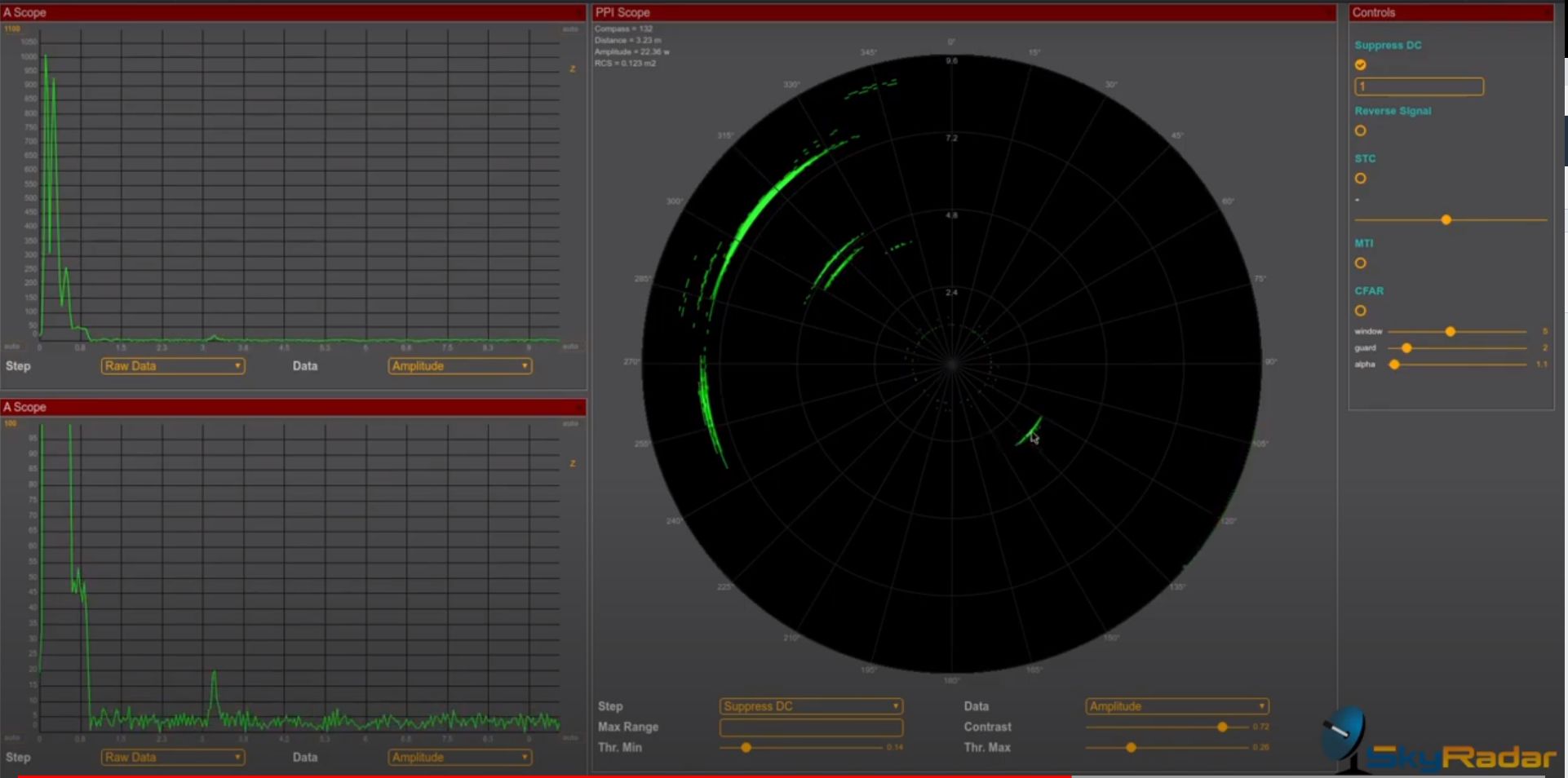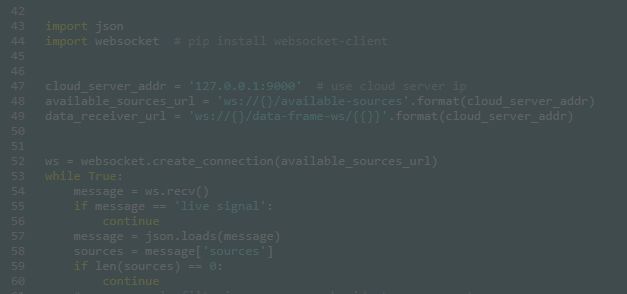SkyRadar's NextGen Pulse Radar operates in the x-band, just like en-route radars in ATC, as well as military and marine radars. It includes all the important features needed by ATCOs and ATSEPs and reaches up to Artificial Intelligence. Its modular structure allows to customize it on university requirements as well.
We developed the new radar in a modular concept to develop an economical and modular solution to modern ATC and academic qualification requirements.
Just like the other SkyRadar products, it is based on the FreeScopes concept. It can be seamlessly integrated with other products by SkyRadar such as the NavAids simulator, the PSR, the FMCW or the PSR/SSR simulator.
The system is completely plug-and-play. The radar (potentially on a rotary tripod) and the private cloud server will be installed in your academy. Students can learn locally through the academy network. But they can also access the radar remotely, for instance in the frame of on the job training. The User-Interface design is modular and freely arrangeable. The modules are upgradable and have interfaces for various third party systems.
The NextGen Pulse Radar is a true close range pulse radar with a range resolution better than 10 cm, a range up to 25 m and a pulse width of 0.5 nanno-seconds.
The SkyRadar FreeScopes Software provides many scopes (A-Scopes, B-Scopes, PPI), control interfaces and filters. Customers can start small and extend the application over time, just by purchasing and downloading additional modules in our portal. The radar allows for highest flexibility in the learning process.
It has a very low peak pulse output power (-0.7 to 6.3 dBm). Be aware that we are in the power range of smart phones. However the radar's frequency is much higher and therefore does not penetrate the human skin. Actually it will be blocked by the bit of humidity on the human skin. Perfectly safe!
The radar transceiver is mounted into a horn-shaped body and can be connected alternatively to a parabolic reflector. The antennas are hardwired on the transceiver card. The transceiver is connected to a microcomputer for Digital Signal Processing. The device can be placed on a rotary tripod.
This system has been developed for training and research in civil aviation, universities and industry. It does not include any special military feature and can therefore be exported without special restrictions.
What it does
Like all SkyRadar educational radars, it provides an unlimited amount of A-Scopes, B-Scopes and PPI-Scopes operated in a browser (simply limited by the size of your screen - you may even stretch the browser over several screens to have more space).
It is a pulse radar with a pulse width of 5 nano-seconds. It can also operate in Doppler mode.
Technical Features
Its technical Key Features make it best of breed in the market:
- Range Resolution: better than 10 cm
- Range: up to 25 m
- Tx center frequency (ETSI): 7.29 GHz
- Tx bandwidth (ETSI): 1.4 GHz
- Pulse Width: 0.5 nsec
- Peak Pulse output power (ETSI): -0.7 - 6.3 dBm
- Max pulse repetition frequency. 40.5 MHz
- Rx sampling rate: 23.3 GS/s
- Rx gain (ETSI): 12.3 - 15 dB
- Rx noise figure (ETSI): 5.4 - 8.8 dB
Modularity allowing for an optimal feature-set
The system comes in its basic configuration with NextGen 8 GHz FreeScopes Basic I, providing features like
- Tx Power Control
- Fast Fourier Transformation
- Threshold limiter
- STC
- Contrast
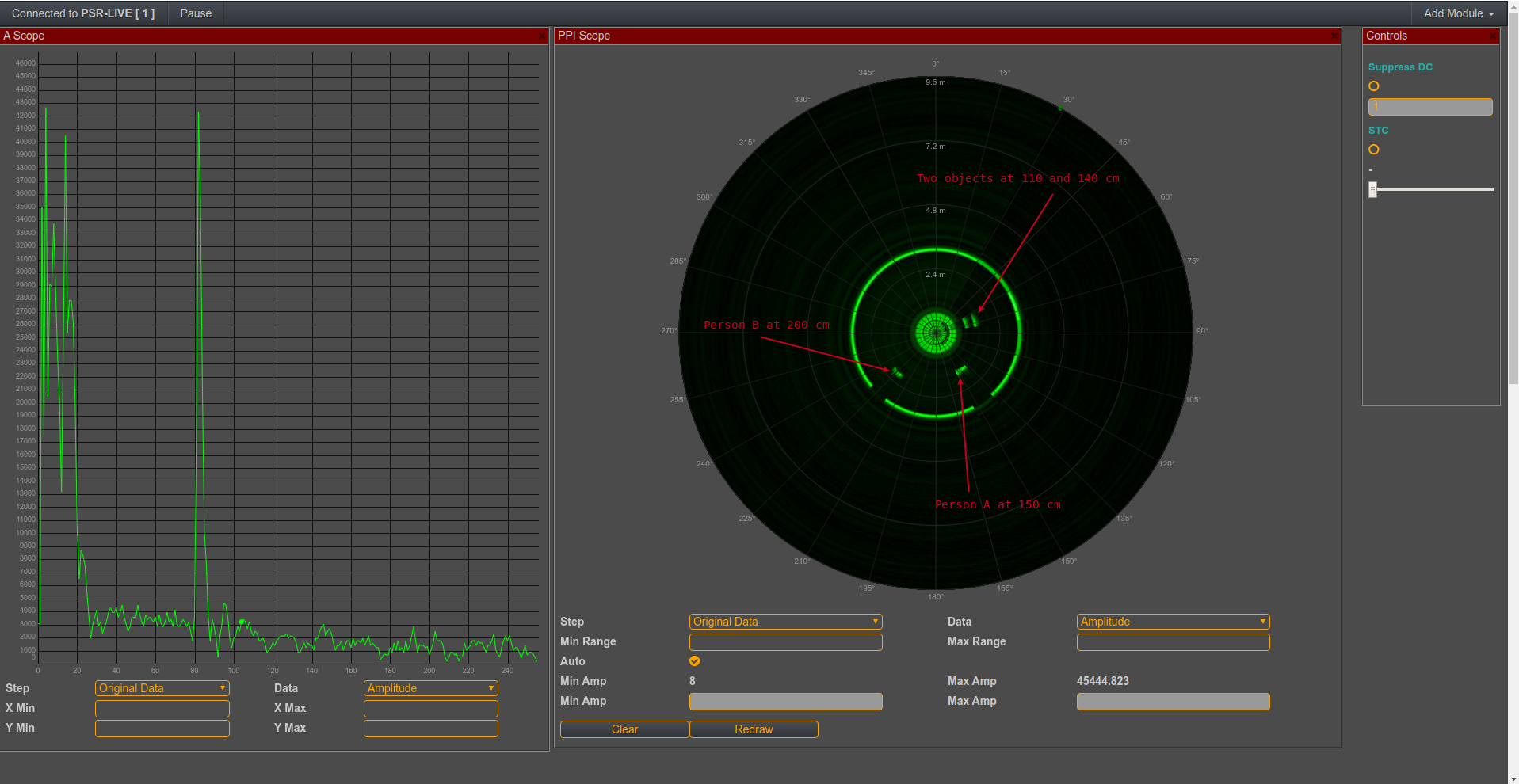
The users are enabled to do manipulations independently on their computers. Free floating panels of the FreeScopes Control Center allow each student to set up his own signal conversion chain, analyzing raw data, data after FFT, STC etc.
The system can be supplied in a package with several extensions of FreeScopes or it can be extended progressively:
- NextGen 8 GHz FreeScopes Basic II with Moving Target Indication (MTI), C-FAR. RCS and several windows functions (Hann, Hamming, Blackman etc)
- NextGen FreeScopes ATC including radar plots, radar tracks and enhanced MTI
- NextGen Artificial Intelligence I including AI Solutions for image and pattern recognition (in preparation, expected summer 2020)
- NextGen Pulse Manipulation allowing for changes of pulse width, pulse compression (simulated within the FreeScopes software on the real signals, in preparation, expected summer 2020).
- Next Gen 8 GHz Beam Controller allowing to practice beam forming (in preparation)
- Programming Interface from FreeScopes to MATLAB, PYTHON and other numerical computing environments.
Many New Features
Features like the filter functions (Hann, Hamming, Blackman, etc), C-FAR or an ATC-oriented Track and Plot visualization are some of the beautiful innovations in the new radar. We sell this radar in an economical price range (about 30% of comparable products). This is why we decided to have two side functions, i.e. change of pulse width and pulse compression, implemented through simulation in the FreeScopes software on top of the real signal.
Beam Forming
When we designed the transceiver card, we made sure that several sources can be synchronized, allowing for beam forming. For now we deliberately do not offer beam-steering as this, according to the European Dual Use Regulation, is considered weapons-grade.
Artificial Intelligence
This is a real revolution. We include the first module ever provided on AI in the history of commercial ATC-radar training. As ICAO described AI, it will be a game changer in ATC.
So let us prepare our personnel in time. let them grow into that technology. Let them master it rather then be mastered by it.
What we do is not a brainless application of AI, but we qualify the trainees to follow the 3 main phases of machine learning:
- Model initiation where the user defines the problem, prepares and processes the chosen data set and chooses the applicable machine learning algorithm
- Performance estimation where various parameter combinations that describe the algorithm are validated and the best performing one is chosen
- Deployment of model to begin solving the task on the unseen data
Thus they are enabled to understand, conceive and apply A.I.
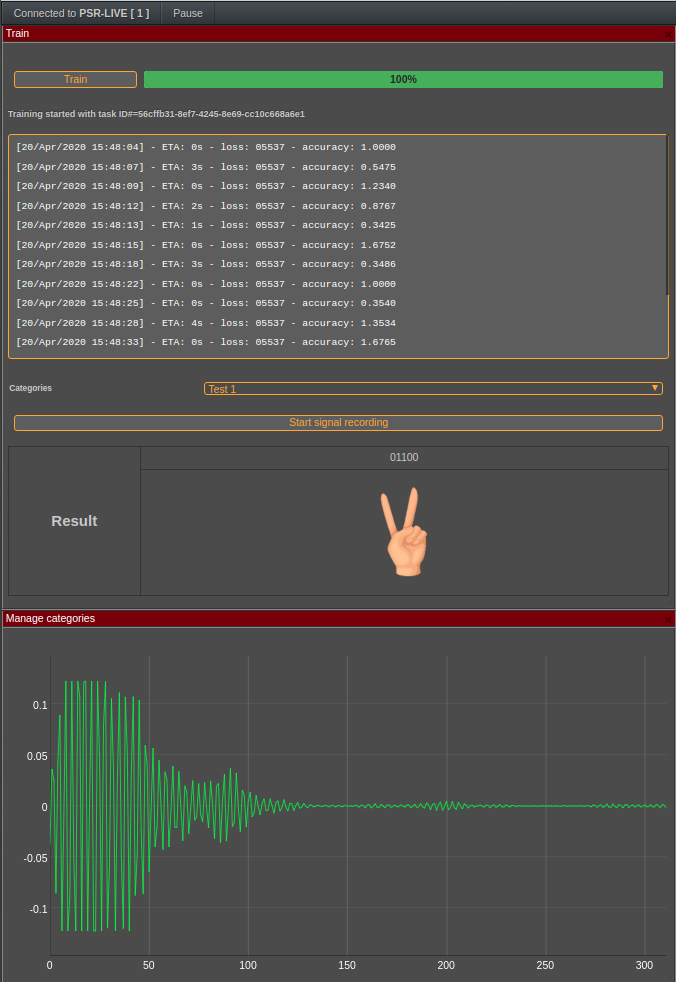
Next steps
You find technical data about the NextGen 8 GHz radar on the product page and on the datasheet. Please talk to us for more technical details and to support you in the design of your NextGen radar training laboratory.

